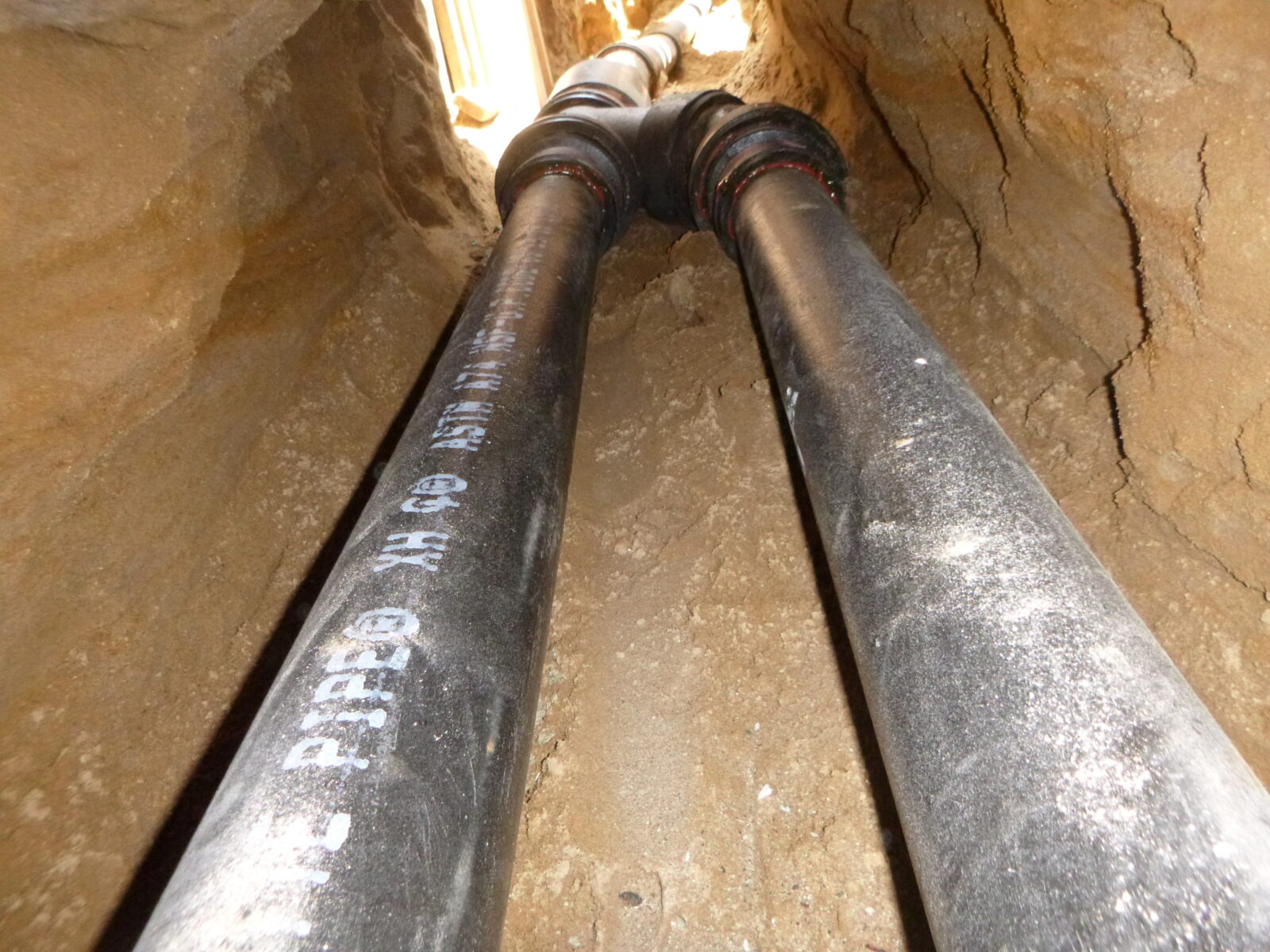Most home and business owners prefer not to think too much about what goes into their sewage pipes. Because of this, many are unaware of crucial details about their systems, like what materials the pipes are made of.
While this information doesn’t typically impact our daily lives, it’s important to remember in case a sewage system has problems. Read on to learn all about the different types of sewer line pipes.
Clay
Clay is one of the older materials used in sewage pipe manufacturing. Most modern contractors and retail outlets don’t use clay piping anymore because it’s heavy and difficult to cut. It also attracts plant roots due to its porous nature.
However, it’s still functional and resistant to chemical degradation. This allows homeowners to leave old clay pipe systems in place without worry and can even use them in new installations.
Cast Iron
Along with clay, cast iron is another common pipe choice for older homes. For newer installations, many people will use cast iron instead of clay. While cast iron pipes are extremely heavy and difficult to cut, they’re incredibly durable and can withstand over one ton of pressure.
Unfortunately, cast iron is prone to rust and corrosion. Over time, even the most durable cast iron pipes will crack.
Orangeburg
Orangeburg pipes are often found in homes built before the 1970s. Orangeburg is a material made of wood pulp and water-resistant coal tar adhesives. This material is intended as a cost-effective alternative to cast iron.
However, Orangeburg is far from durable. In most instances, it starts to deteriorate in less than 50 years. It can also suffer from punctures due to tree roots.
Plastic
After 1970, most contractors began installing plastic pipes for sewage almost exclusively. These pipes are lightweight, easy to cut, , and ideal for those wanting to repair their own sewage systems.
The two most common types of plastic pipes are polyvinyl chloride (PVC) and acrylonitrile butadiene styrene (ABS). While similar, there are a few notable differences between the two.
ABS
ABS pipes contain the compound bisphenol, which helps withstand physical shocks and resists rotting, flaking, and leaking. Additionally, these pipes are durable against freezing temperatures.
PVC
PVC pipes aren’t as durable as ABS pipes, but they’re popular for their flexibility and ability to mask the sound of running water. PVC pipes are generally used for indoor plumbing, while ABS pipes are used for outdoor and underground pipes.
Now that you know about different types of sewer line pipes, you can make good choices for your property’s line. Contact Harris Main and Water for sewer line replacement in NY or if you have any questions.





















